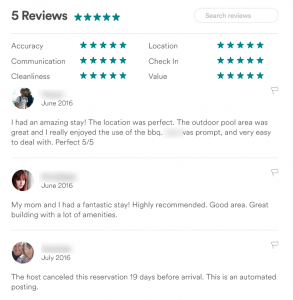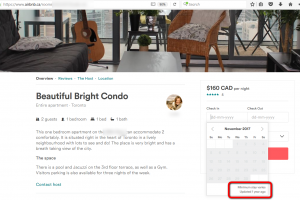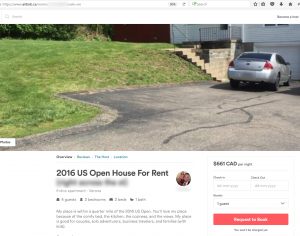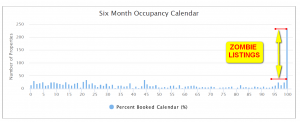Beware the zombies! In light of Halloween today, many of our clients are not aware that short term rental listings can be in a state of inactivity while on the surface seeming to be active. This phenomenon is termed “zombie listings”. While the earthly zombies have pale grey skin, various facial disfigurations, and general ghastly appearance, the online versions don’t have many overt features to indicate a dead listing. But it is clear that if a short term rental listing exhibits the following symptoms it is a zombie listing:
- No recent reviews from guests
- The booking dates on the calendar are fully booked for the next 12 months
- The calendar has not been updated in more than 6 months
- some outlandish price per night to deter guests from booking

A more obvious zombie listing with an outlandish nightly rate. The host couldn’t deactivate his account
Some websites have more zombies than others it turns out, and most of the zombies happen to be on AirBnB. One possible reason for this is AirBnB has been rumored to be going IPO in the near future, and they need to show high listing counts to maximize the company’s valuation. Another possible reason is the business model for Flipkey and HomeAway are different. They charge a listing fee just to have the advertising up on their website, and most dormant hosts don’t want to shell out extra money so they delete their account.
The chart above is a histogram indicating the occupancy ratio for all the short term rental listings in a given city. Note the huge spike up at the 100% occupancy point. Most hotels would be slap happy to have such a high occupancy rate but the reality is zombie listings skew this distribution so badly. As the chart indicates, you can have up to 20% of the short term rental listings in your jurisdiction turn out to be zombie listings.
Contact Harmari today to learn more about short term rental identification and compliance.




